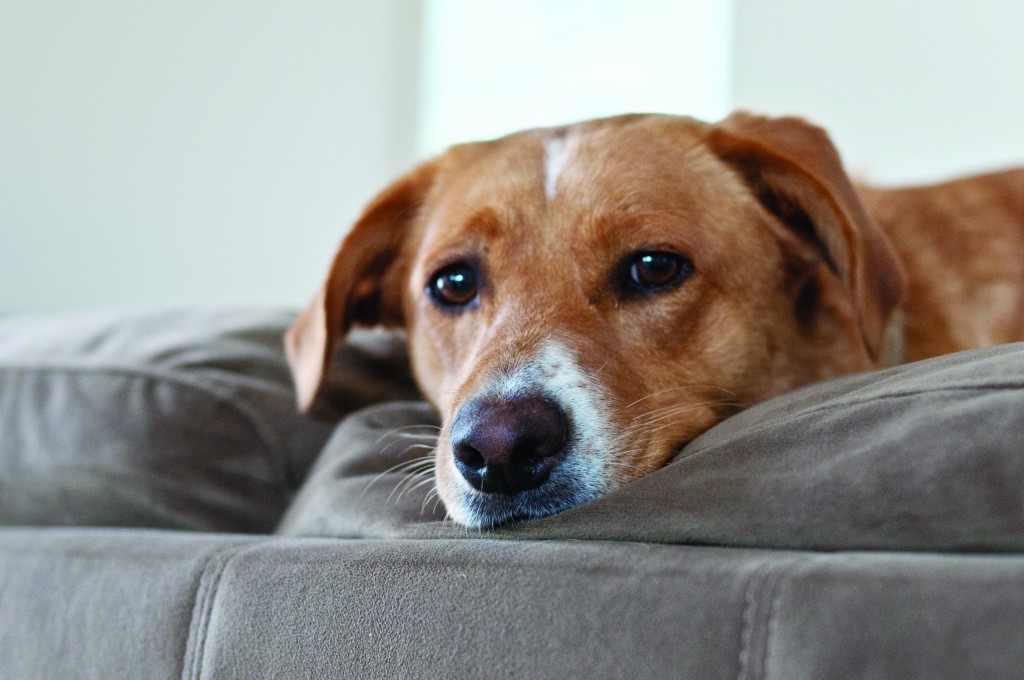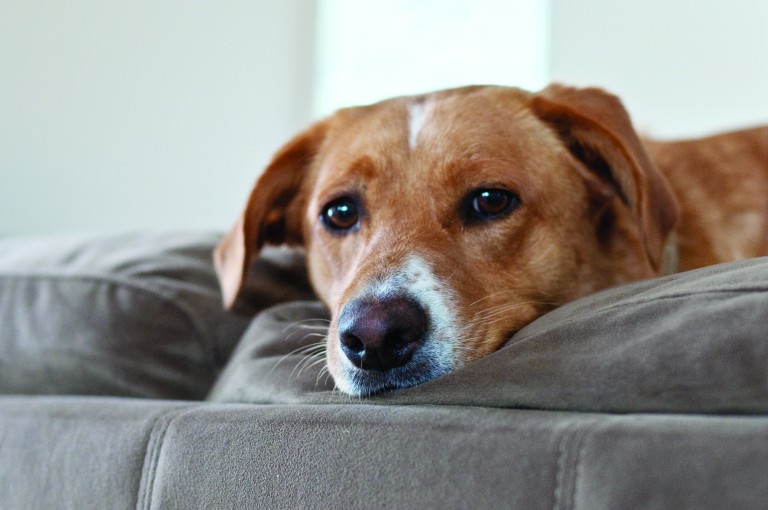 Bringing a new dog home from an animal shelter is an exciting experience. Dogs can bring a lot of joy and energy into a household, quickly becoming a treasured member of the family.
Bringing a new dog home from an animal shelter is an exciting experience. Dogs can bring a lot of joy and energy into a household, quickly becoming a treasured member of the family.
Adjusting to life with a newly adopted dog is not always smooth sailing, as members of the household often deal with a transition period as they grow more acclimated to the responsibility of pet ownership. Sometimes this transition is easy, while other times it can be more complicated. The following are a few tips to help new dog owners make their transition to pet ownership go more smoothly.
• Emphasize routine. Routine makes dogs more comfortable, and this can make things easier on new dog owners. Get up and go to bed at the same time each day, and schedule walks and play time at the same time each day as well. As the dog grows more acclimated to your home, you can gradually vary your own schedule, but try to stick to the walking and playtime schedule for your dog as much as possible. Anxiety is a significant issue for many shelter dogs, but sticking to a routine can help lower that anxiety significantly.
• Visit the veterinarian within days of the adoption. A visit to the vet is necessary even if your dog has received all of its necessary vaccinations. The vet can examine the dog and give advice on diet and exercise, which is especially valuable information for those owners who have never before owned a dog. In addition, a vet might direct men and women who adopted a purebred to a colleague who specializes in that particular breed. Such vets may be more specific when recommending a diet or exercise regimen, which can help the dog’s long-term health.
• Gradually alter diet. Many shelter dogs were on poor diets before they came to the shelter, and the shelter or your veterinarian might suggest changing that diet. Adapting to a new diet won’t necessarily be easy for your dog, but gradual changes often ease this transition. For example, if the dog’s diet must change completely, don’t change it all in one day. Gradually mix old food with the new food over the course of several days, adding more new food and substracting more of the old food each day. By the fourth or fifth day, the dog’s diet should consist entirely of the new food recommended by your vet.
• Behave yourself. The first few days with a new dog can go a long way toward making the pooch feel comfortable or uncomfortable in its new home. If you have never owned a dog in the past, expect the dog to have some anxiety in the first few days. This anxiety can manifest itself in a variety of ways, including chewing furniture, going to the bathroom indoors or general restlessness. It’s easy to overreact to such manifestations, but control your temper and manage to discourage inappropriate behavior without getting angry. If you can successfully manage a dog’s initial anxiety as it transitions to its new home, the dog is more likely to behave properly as time progresses. But if you allow your disappointment or temper to get the better of you in those first days after the adoption, your chances of successfully transitioning the dog to your home will decrease significantly.
Adopting a shelter dog is a great way to add a new and loving member to your family. Though some transitions are more difficult than others, owners who keep calm and work to reduce their dog’s anxiety are likely to treasure their new addition for years to come.

